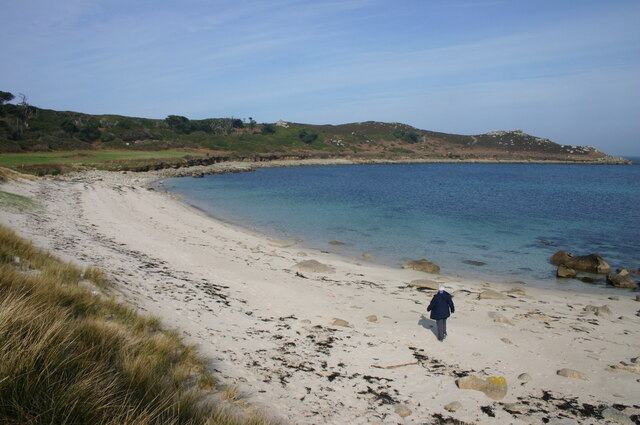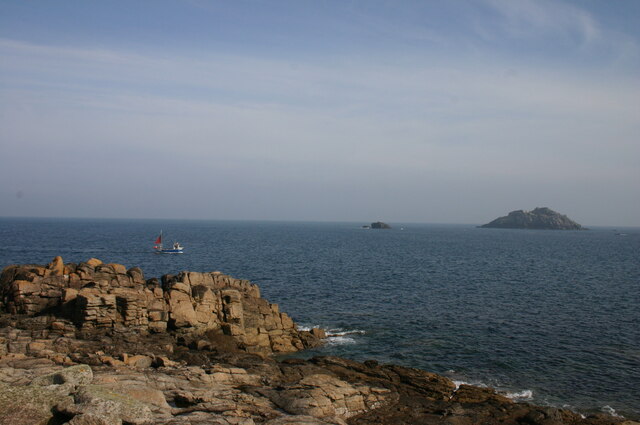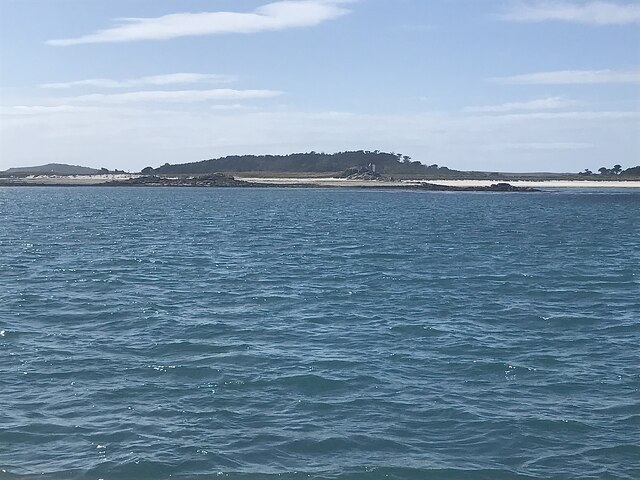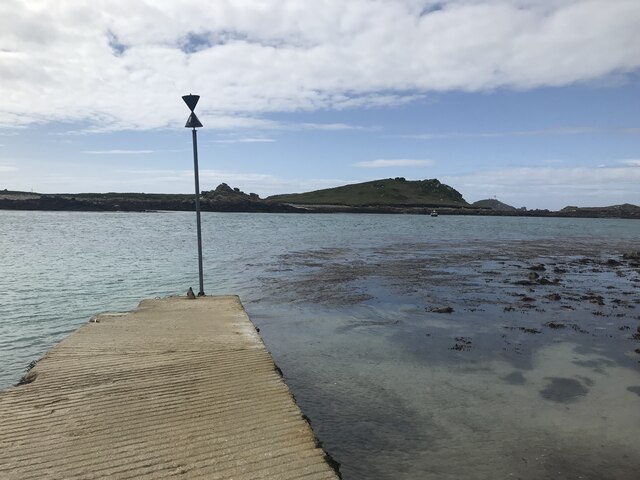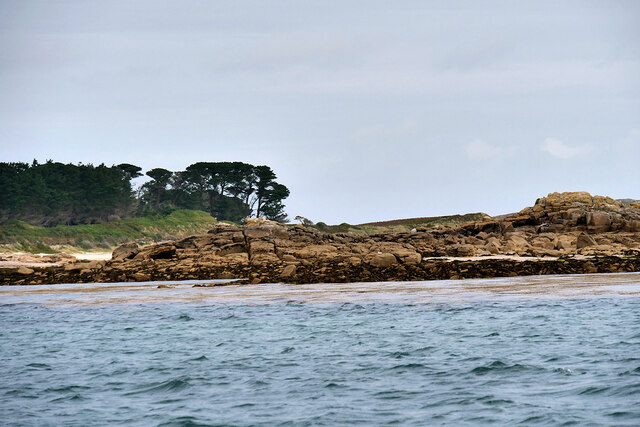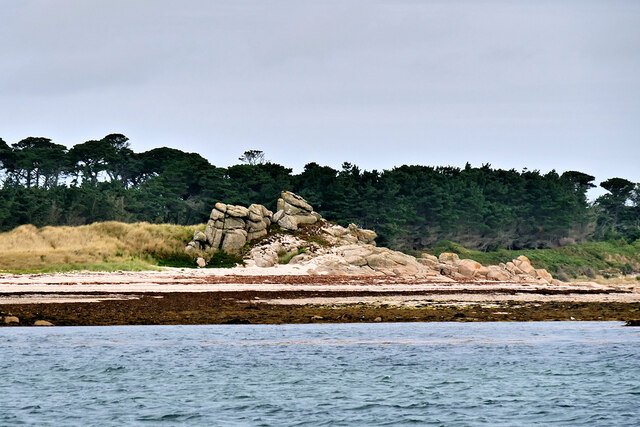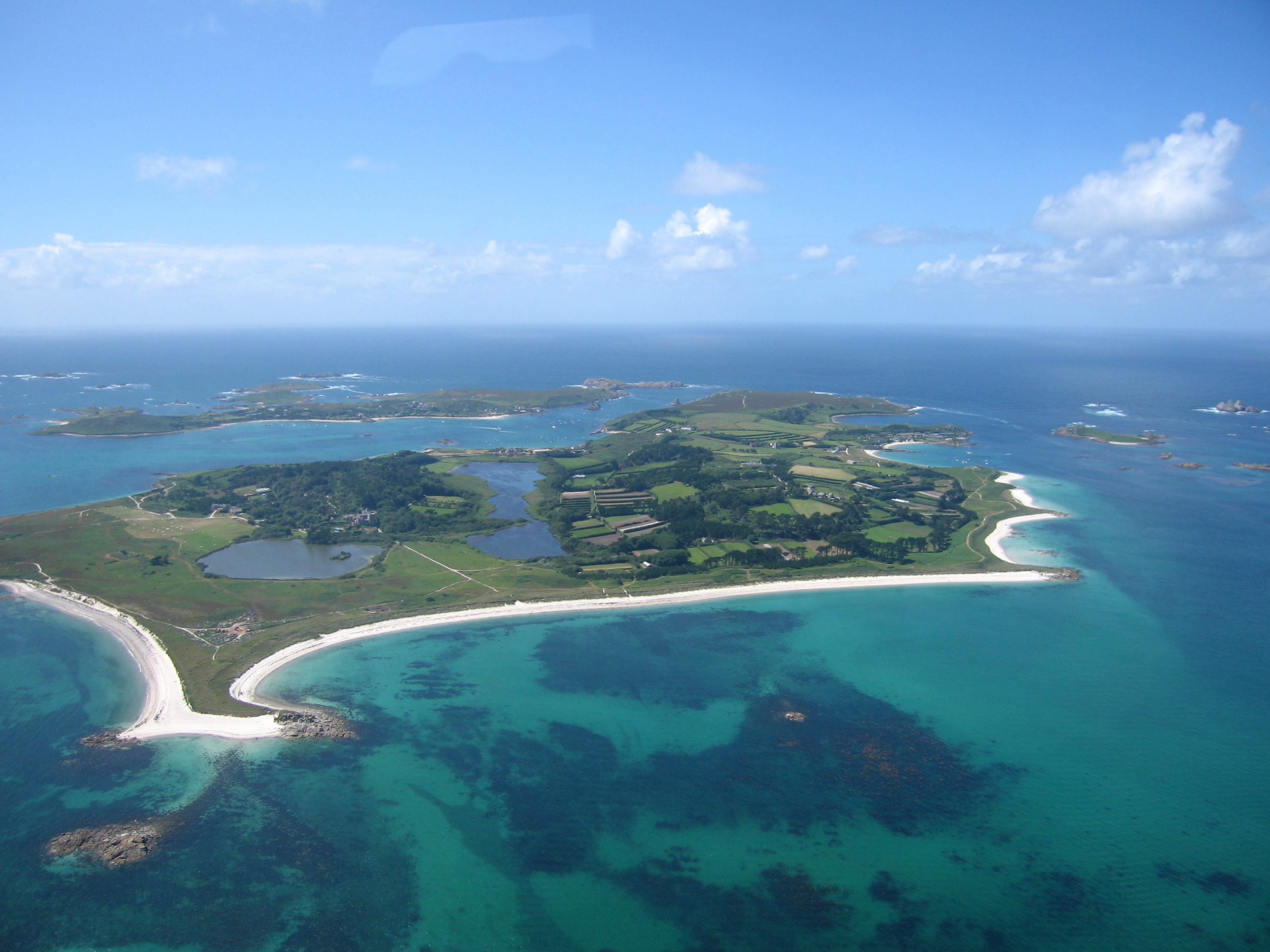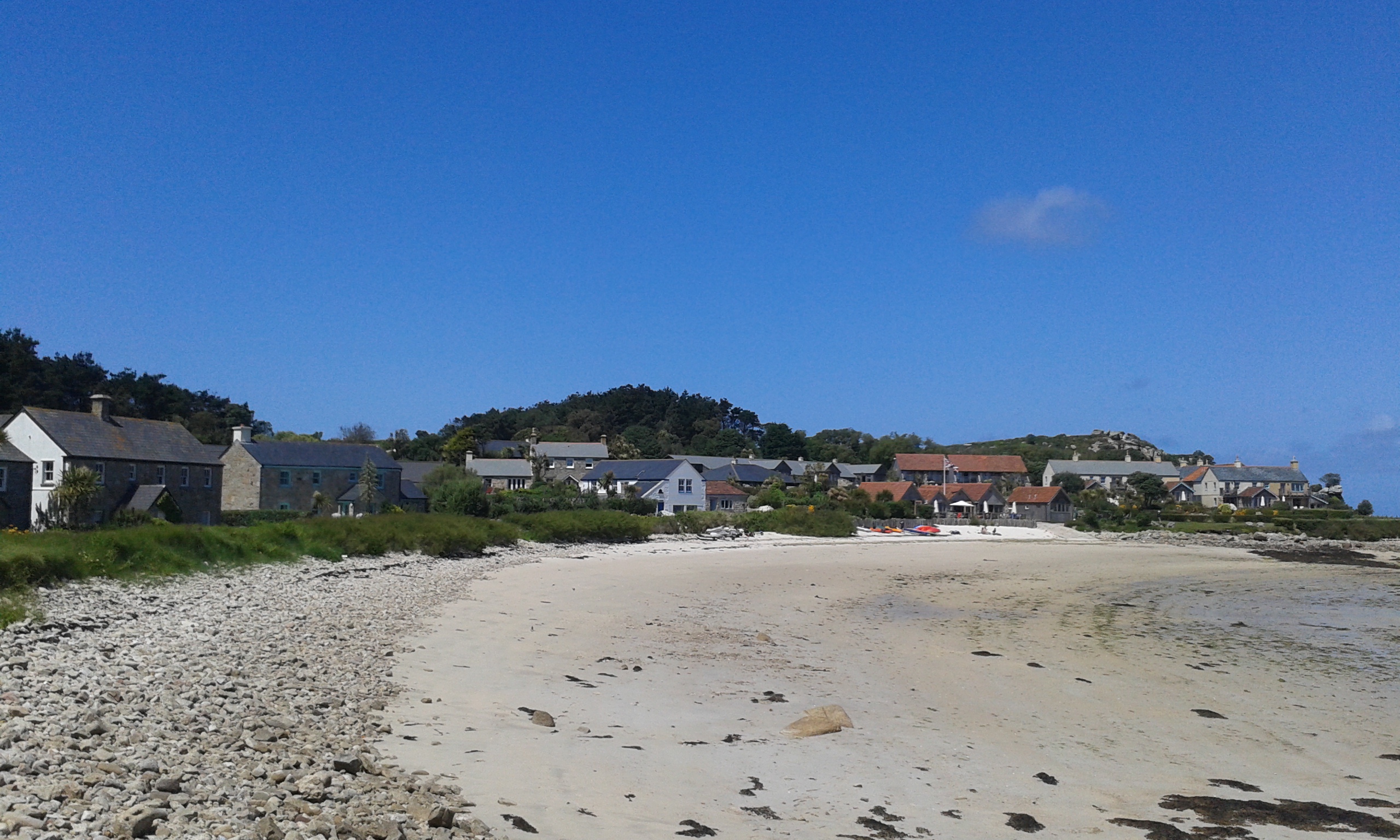Borough Beach
Beach in Cornwall
England
Borough Beach

Borough Beach, located in Cornwall, England, is a picturesque coastal destination known for its stunning natural beauty and tranquil atmosphere. Situated near the village of St. Agnes, this beach offers visitors a perfect blend of sandy shores, crystal-clear waters, and rugged cliffs, making it a popular spot for both locals and tourists alike.
With its golden sands stretching for approximately 300 meters, Borough Beach provides ample space for sunbathing, picnicking, and leisurely walks along the shoreline. The beach is flanked by dramatic cliffs, adding to its charm and creating a sheltered cove that shields it from strong winds.
The clear waters of Borough Beach are ideal for swimming and other water activities, including snorkeling and paddleboarding. During low tide, numerous rock pools are exposed, providing an opportunity for exploration and discovering marine life.
The beach is well-maintained, with clean facilities such as public toilets and a nearby car park for visitors' convenience. Lifeguards are present during the peak summer months, ensuring the safety of beachgoers.
Surrounded by breathtaking coastal landscapes, Borough Beach offers panoramic views of the Atlantic Ocean and the rugged cliffs that line the coast. The area is also known for its rich wildlife, and visitors may spot seabirds, dolphins, and seals in the vicinity.
Borough Beach is easily accessible and is just a short walk from the village of St. Agnes. The village itself offers a range of amenities, including cafes, restaurants, and shops, making it an ideal place to relax and enjoy a day by the sea.
If you have any feedback on the listing, please let us know in the comments section below.
Borough Beach Images
Images are sourced within 2km of 49.957496/-6.323736 or Grid Reference SV8915. Thanks to Geograph Open Source API. All images are credited.











Borough Beach is located at Grid Ref: SV8915 (Lat: 49.957496, Lng: -6.323736)
Division: Isles of Scilly
Unitary Authority: Isles of Scilly
Police Authority: Devon and Cornwall
What 3 Words
///treaty.sweat.overhead. Near Tresco, Isles of Scilly
Nearby Locations
Related Wikis
Old Blockhouse
The Old Blockhouse, also known as the Dover Fort, is a 16th-century fortification on the island of Tresco in the Isles of Scilly. It was built between...
Tresco, Isles of Scilly
Tresco (Cornish: Enys Skaw, lit. 'island of elder-trees') is the second-biggest island of the Isles of Scilly. It is 297 ha (1.15 sq mi) in area, measuring...
Old Grimsby
Old Grimsby (Cornish: Enysgrymm Goth) is a coastal settlement on the island of Tresco in the Isles of Scilly, England. It is located on the east side of...
St Nicholas's Church, Tresco
St Nicholas's Church, Tresco, is a parish church in the Church of England located in Tresco, Isles of Scilly, UK. == History == Originally two old cottages...
Nearby Amenities
Located within 500m of 49.957496,-6.323736Have you been to Borough Beach?
Leave your review of Borough Beach below (or comments, questions and feedback).
